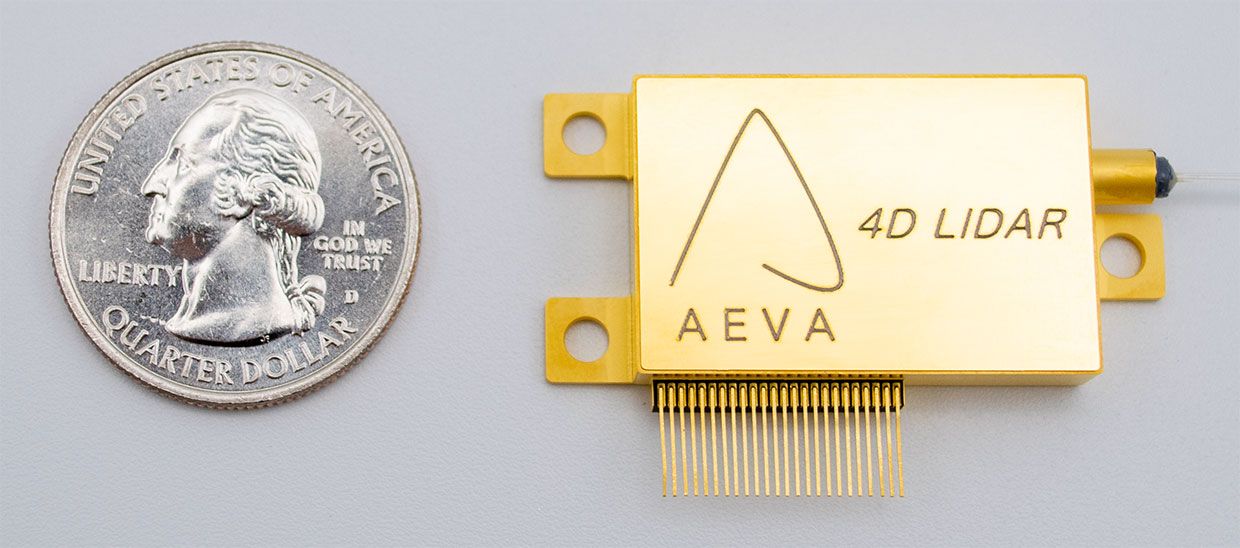The Californian startup Aeva has banned its Lidarsensor on a chip and this should cost less than $ 500.
That’s quite a chime – the new Lidarsensor of Aeva, The Lidarsensoren the startup are popular and will for example from Audi used. Now the start-up company is launching a new lidar that could get things moving. Porsche and Volkswagen have already registered interest.

Aeva Lidar breaks three records. Source: spectrum.ieee.org
Because the Lidar fits on a chip that is barely larger than a coin. On the photonic chip are the basic functions and on a second chip, the arrangement of the microelectromechanical mirror is controlled. The sensor should come under $ 500 on the market. The launch is scheduled for 2022 or 2023.
The lidar should be able to pivot horizontally by 120 degrees and vertically by 30 degrees. Thus, two lidar sensors could be sufficient for a vehicle having assistance systems. Autonomous driving would require about four of the Aeva lidar sensors. That’s how you could be the important one cost drivers Lever out when driving autonomously.
Instead of two light signals for one measurement, the Aeva lidar modulates the frequency of the beams that are emitted continuously. In this way you can not only capture the location of the object, but also the speed. Because movement changes the wavelength according to the Doppler effect.
In addition to the small size and low cost, the range of the lidar should be record-breaking. Because the Lidar can detect objects at a distance of up to 300 meters. That’s up to now biggest distance for lidar sensors.
Volkswagen has already announced to become the lidar in its ID Buzz AV model. The autonomous vehicle should 2022 or 2023 come out.
About David Fluhr
I’ve been writing about Autonomous & Connected Driving since 2011 and also talk about it on other sites like the Smart Mobility Hub. I studied social sciences at the HU Berlin and since 2012 I am a freelance journalist. Contact: mail@autonomes-fahren.de